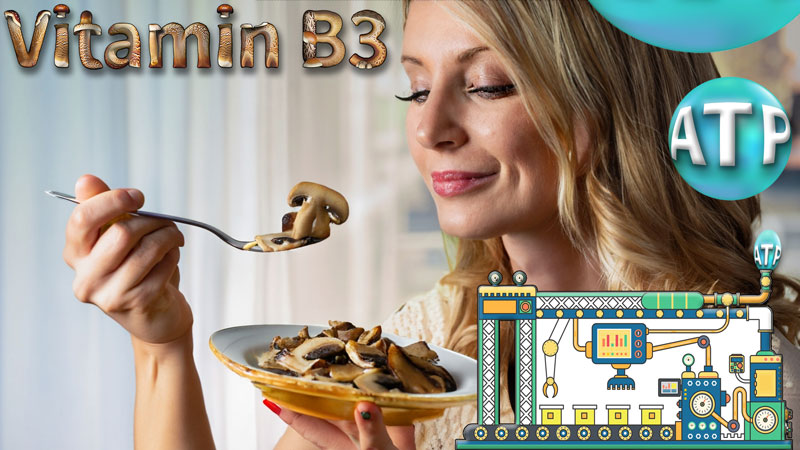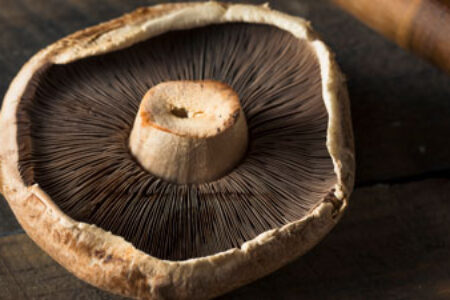
Niacin or vitamin B3 is a key nutrient for our health, mostly because our body converts it into NAD or nicotinamid adenine dinucleotide, an essential molecule for all living organisms. In fact, NAD is one of the most abundant molecules in our body and we use it for about 400 enzymatic reactions, including turning our food into ATP, which is energy for our cells.
NAD is so important for us, that a niacin deficiency can result in pellagra, with symptoms like dermatitis, dementia, diarrhea, and, eventually, death. Fortunately, we can find niacin in many plant-based and animal-based foods.
There are two forms of niacin in our food: nicotinic acid, more prevalent in plant-based foods, and nicotinamide, more prevalent in animal-based foods. These two are totally different substances, that are categorized as vitamin B3 because they are both NAD precursors that could cure pellagra. However, nicotinic acid does something else for our body that nicotinamide can’t do: it lowers our LDL cholesterol and lipoprotein levels. Nicotinamide, on the other hand, can help protect our skin from sun damage, including skin cancer. But at much higher rates than what we find in food, so topical treatments and oral supplements are needed.
Scroll down to try our personalized niacin calculator, to learn about natural plant-based sources, and to discover more fascinating facts.
Top Whole-Food, Plant-Based Sources
Hover over each food below to see how much vitamin B3 or niacin you can get with one serving. Click on each food’s picture to visit its interactive page with a personalized calculator of all the nutrition you can get from one serving, more information about how it supports our body, tips to choose and prepare it, interesting facts, and more!
Vitamin B3 Niacin Personalized Calculator
See how much vitamin B3 or niacin you and your family members need, according to the Dietary Guidelines for Americans, 2020-2025.
Terminology:
- Daily Value (DV): The recommended amount of nutrients to consume each day for individuals who are 4 years old or older.
- Recommended Daily Allowance (RDA): The recommended amount of nutrients to consume each day according to the individual’s age, gender, and whether a woman is pregnant or breastfeeding.
- Upper Intake Level (UL): The highest amount of nutrient intake that will not pose adverse health effects on most individuals.
Important Things to Know
Comparison of Vitamin B3 (Niacin) Sources
You may be wondering about other potential sources of vitamin b3, such as supplements and meat. Below we make a quick and simple comparison between the three options.
References













